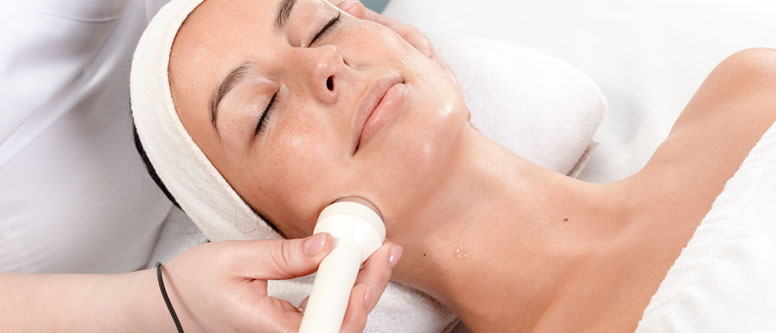
Benefits of peeling Your face
A chemical peel is a treatment in which an acid solution is used to remove the damaged outer layers of the skin. In performing chemical peels, physicians apply alpha hydroxy acids (AHA), trichloroacetic acid (TCA), or phenol to the skin.
Typically administered as a facial peel, a chemical peel enhances and smoothes the texture of the skin. It is an effective treatment for facial blemishes, wrinkles, and uneven skin pigmentation. They exfoliate the outer layers of dead skin, revealing a new skin layer with improved tone, texture, and color. In addition to full facial rejuvenation, certain types of skin peels can also be used for spot treatments and as a way to remove stretch marks or rejuvenate skin elsewhere on the body.
The chemical peel is one of the oldest cosmetic procedures in the world, and was performed in ancient Egypt, Greece, and Rome to help people achieve smoother, more beautiful skin. Today, chemical facial peels are popular because they offer nearly immediate results and can be performed as an outpatient procedure. In general, patients with fair skin and light hair are the best chemical peel candidates. However, patients with other skin pigmentation and hair color can achieve good results as well. Ideal candidates for the chemical peel procedure are individuals who are unhappy with the appearance of their skin, have realistic expectations of their procedure, and do not smoke.
An ideal candidate for a chemical peel is in good physical health, understands the procedure, and has realistic expectations of the outcome. You are likely to be pleased with the results of a chemical peel if your goal is to alleviate acne, smooth wrinkles, improve skin texture, eliminate age spots, or reduce the effects of sun damage. The different types of chemical peels come in varying strengths and provide different levels of treatment. Ask your doctor which chemical peel is best for your skin type and needs.












